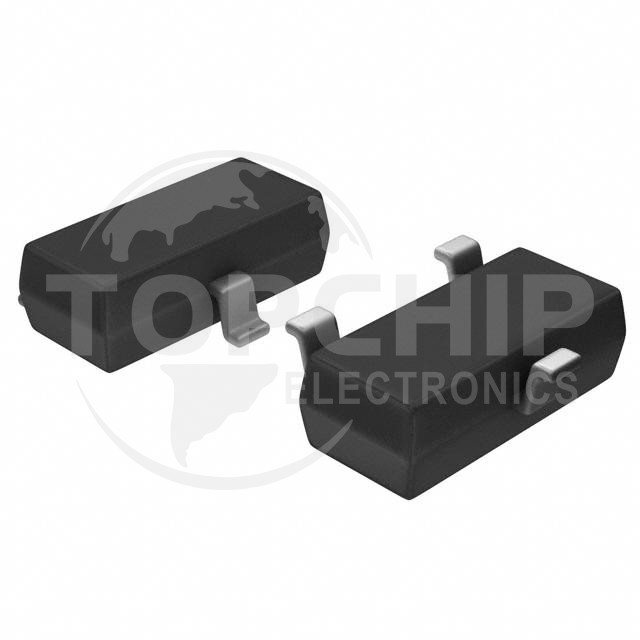In the design of electronic equipment, voltage reference chips play a vital role. They are key components to ensure stable operation of circuit systems and can provide accurate and reliable voltage references. However, there are a variety of voltage reference chips on the market, providing diverse choices for different applications and needs. Therefore, it is crucial to correctly select the voltage reference chip that suits your specific design requirements.

Understand application requirements
Before selecting a voltage reference chip, you first need to fully understand the specific requirements of the desired application. Consider the following key factors:
1. Output voltage range: Determine the required voltage range, including maximum and minimum voltage limits. Some applications require a stable fixed voltage, while others require an adjustable voltage output within a certain range.
2. Accuracy and stability: For some precision equipment, the accuracy and stability of the voltage reference chip are particularly important. Factors to consider include temperature drift, load regulation capabilities, etc.
3. Power consumption and efficiency: For mobile devices or devices with strict power consumption requirements, power consumption and efficiency are factors that must be considered. A low-power chip or a chip with energy-saving features may be a better choice.
4. Packaging and size: Size is critical for certain applications, and factors to consider include the size of the chip, the number of pins, and the type of package available.
Choose the right type
Select the appropriate voltage reference chip type based on application requirements:
1. Based on precision voltage reference: These chips provide very accurate and stable voltage output and are suitable for applications that require extremely high voltage accuracy, such as precision measurement equipment or precision instruments.
2. Low dropout voltage regulator: For applications that require stable output at different input voltages, low dropout voltage regulators are ideal. They typically feature high performance, low quiescent current, and fast response.
3. Adjustable voltage regulator: It has the characteristics of adjustable output and is suitable for scenarios where the output voltage needs to be flexibly adjusted, such as analog circuit debugging.
4. Voltage reference and monitoring integrated chip: This type of chip not only provides a voltage reference, but also integrates monitoring functions, such as overvoltage protection, undervoltage protection, etc., which can enhance the safety and stability of the system.
View specifications and performance parameters
Before selecting a voltage reference chip, be sure to consult the supplier's data sheet and carefully study its performance parameters. Pay attention to the following important parameters:
1. Accuracy and stability: Check the temperature drift, initial accuracy, long-term stability and other indicators of the chip to ensure that it meets the design requirements.
2. Load regulation capability: Understand the output stability of the chip under different load conditions, especially whether it can maintain stable voltage output under high loads.
3. Temperature range: Consider the operating temperature range of the chip to ensure that it can work normally in the actual application environment.
4. Power consumption characteristics: Pay attention to static and dynamic power consumption, as well as efficiency performance under different loads.
Taking into account cost and supply chain factors
Finally, cost and supply chain factors need to be considered before making a choice. Communicate with different suppliers to understand product supply capabilities, prices and after-sales services. At the same time, consider reliability and stability in long-term use and choose products from reliable suppliers to ensure long-term stable production and supply.
In general, the selection of voltage reference chips is a process that takes multiple factors into consideration. By fully understanding the application requirements, selecting the appropriate type, consulting specifications and performance parameters, and considering cost and supply chain factors, engineers can be helped to find the voltage reference chip that is most suitable for their design and ensure the stable operation and reliability of electronic systems.
Recently popular models of voltage reference chips:
| Part Number | Description |
|---|---|
| LM4040DIX3-2.5+T | IC VREF SHUNT 1% SC70-3 |
| AD1580BRT-REEL7 | 1.2V MICROPOWER, PRECISION SHUNT |
| LM4040QBIM3X2.5/NOPB | LM4040-N-Q1 AUTOMOTIVE 100-PPM/C |
| LM4120AIM5X-3.0/NOPB | IC VREF SERIES 0.2% SOT23-5 |
| LT1009CLPR | IC VREF SHUNT 0.2% TO92-3 |
| LM136H-2.5/NOPB | IC VREF SHUNT 2% TO46-3 |
| LM4040DIX3-5.0-T | PRECISION MICROPOWER SHUNT VREF |
| MAX6063AEUR-T | LDO VOLTAGE REFERENCES |
| LM4040D10ILP | IC VREF SHUNT 1% TO92-3 |
| REF5020MDREP | IC VREF SERIES 0.05% 8SOIC |
| ADR293GRUZ-REEL | UPOWER 5.0V PRECISION V-REF |
| CAT8900D300TBGT3 | 3 TERMINAL VOLTAGE REFERENCE |
| MAX6167AESA+ | IC VREF SERIES 0.04% 8SOIC |
| AD587KRZ-REEL | THREE TERMINAL VOLTAGE REFERENCE |
| ISL60002CIH325Z-TK | IC VREF SERIES 0.1% SOT23-3 |
| LM4125IM5-2.0/NOPB | IC VREF SERIES 0.5% SOT23-5 |
| SPX4041N-L | VOLTAGE REFERENCE |
| MAX6220ASA-4.1 | VOLTAGE REFERENCE |
| LM4128AMF-2.5/NOPB | IC VREF SERIES 0.1% SOT23-5 |
| LTC1258CMS8-4.1#PBF | IC VREF SERIES 0.18% 8MSOP |

